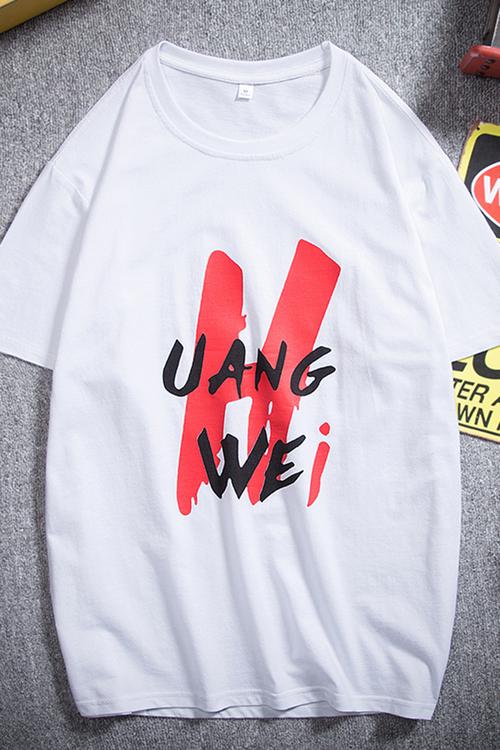The diversified use of clothing splicing technology plays an important role in clothing design. The application of various splicing technologies can add unique design elements to clothing, enrich details, and achieve combinations of different materials, colors and patterns. The following is a discussion on the application of various splicing techniques in clothing design:
1. Stitching: One of the most common splicing techniques, through stitching Edges of different fabrics to connect them. Different effects can be achieved through different sewing methods, such as straight stitches, diagonal stitches, flat stitches, etc. Stitching allows for simple combinations, such as joining fabrics of different colors, to creating complex textures and patterns.
2. Fitting and splicing: Fitting and splicing is to directly fit two pieces of fabric together, usually using heat pressing or adhesive. This splicing technique can achieve a smooth and seamless effect, suitable for applications where a continuous pattern or a flat appearance is required.
3. Complex splicing: Complex splicing technology involves higher-level structures and techniques, such as edging, contrasting color splicing, folding splicing, etc. These techniques can create unique patterns, textures and decorative effects, making clothing designs more artistic and visually appealing.
4. Grid splicing: Grid splicing is to splice multiple small pieces of fabric together in a grid shape to form a regular or irregular grid. pattern. This technology is commonly used in sportswear, outdoor apparel and fashion apparel to increase breathability, stretch and design aesthetics.
5. Cut-and-paste splicing: Cut-and-paste splicing is to cut and paste different patterns or fabrics according to a certain shape and size and splice them together. This technology is often used in clothing design such as cultural shirts and printed T-shirts to create personalized and creative visual effects.
6. Fragment splicing: Fragment splicing is to splice multiple fabric fragments to form a unique collage effect. This technology is often used to reshape recycled fabrics, renovate old objects and environmentally friendly design, and can achieve sustainable development goals and creativity.
In summary, the diverse applications of clothing splicing technology provide clothing designers with rich choices and creative space. By flexibly using different splicing technologies, designers can achieve a variety of unique patterns, textures and morphological effects, adding personality and fashion to clothing. At the same time, the diverse applications of splicing technology also promote innovative and sustainable development methods, focusing on the effective use of resources while achieving aesthetics.







